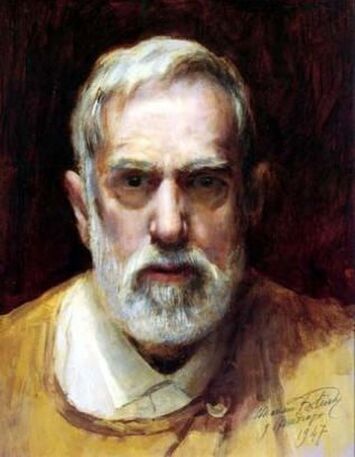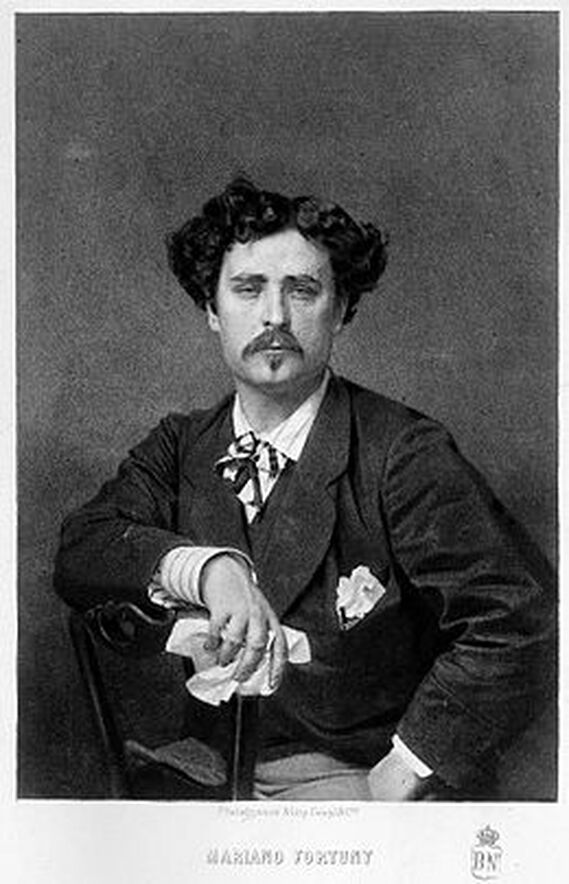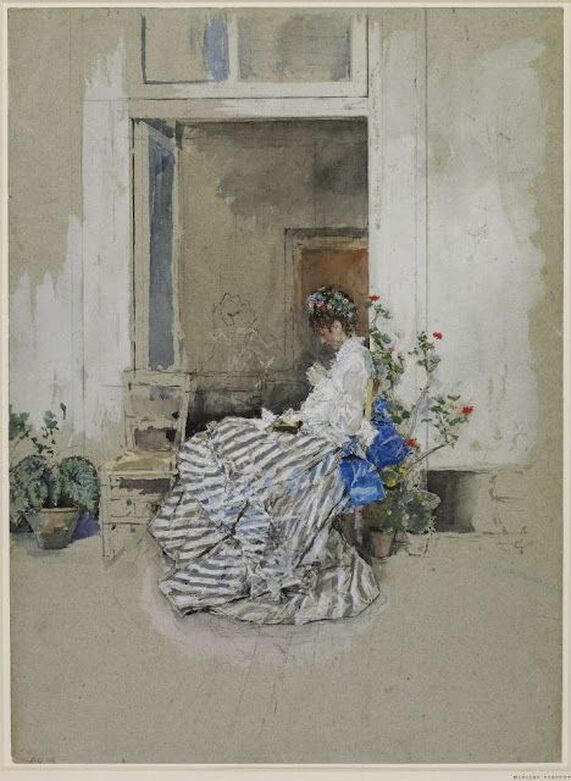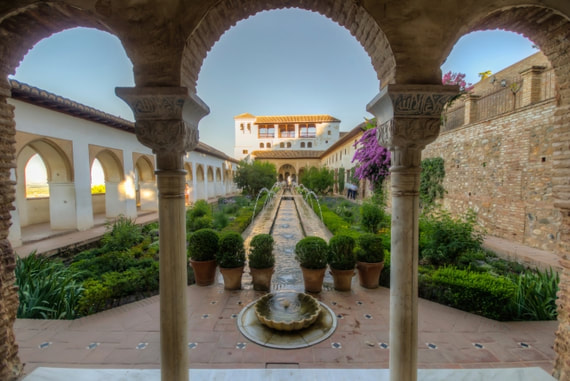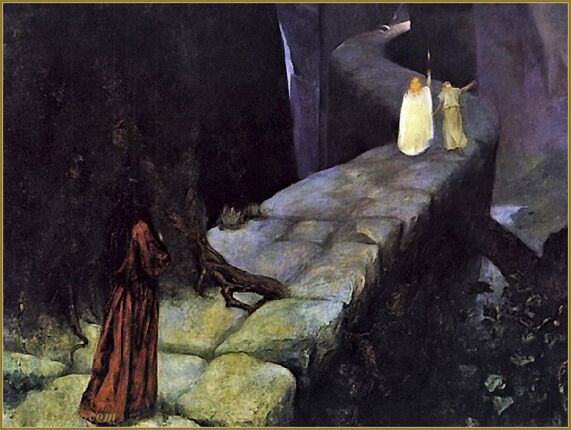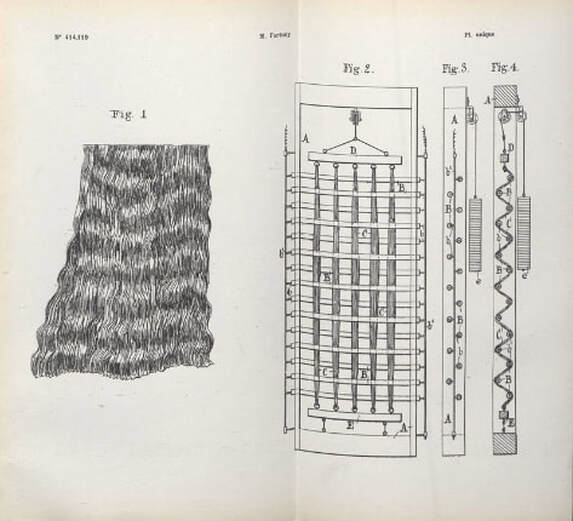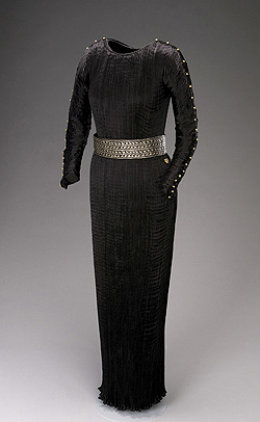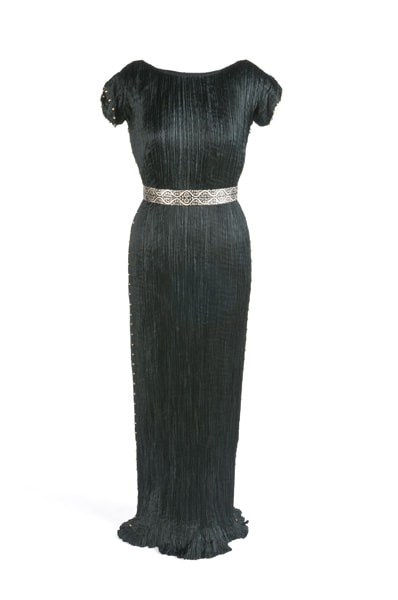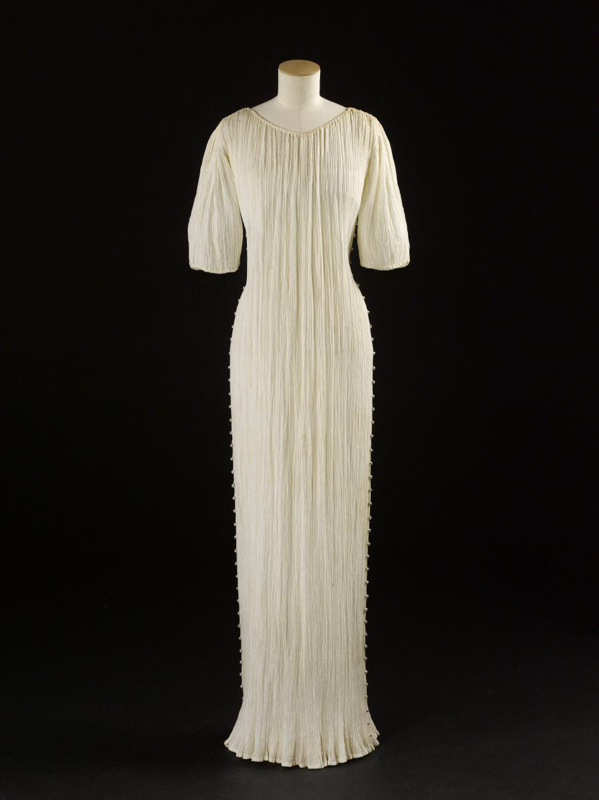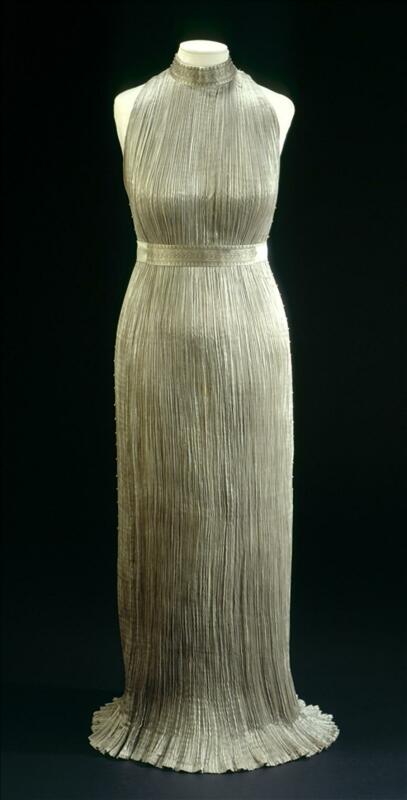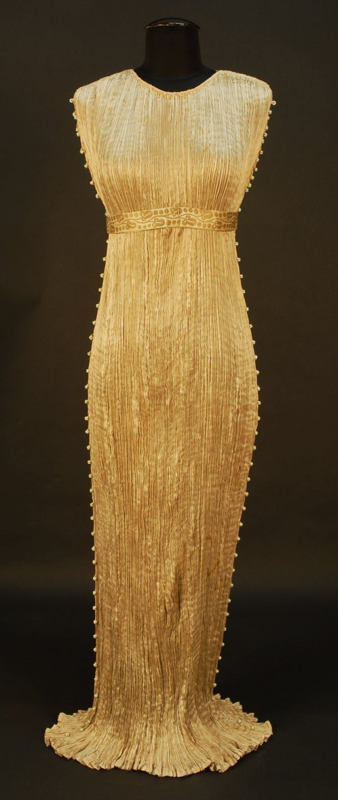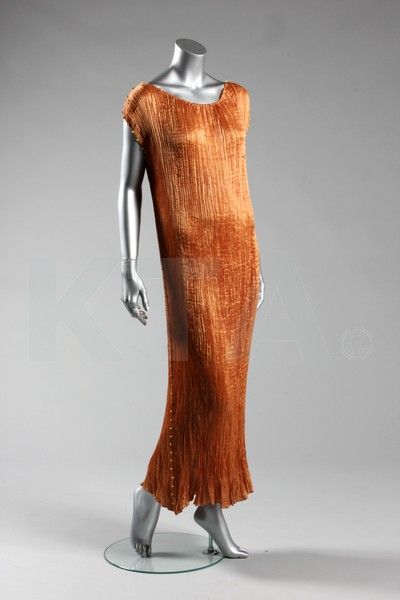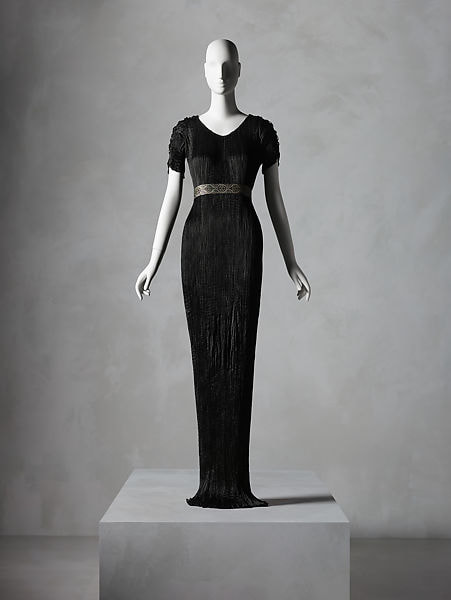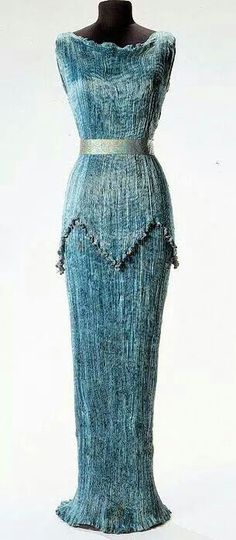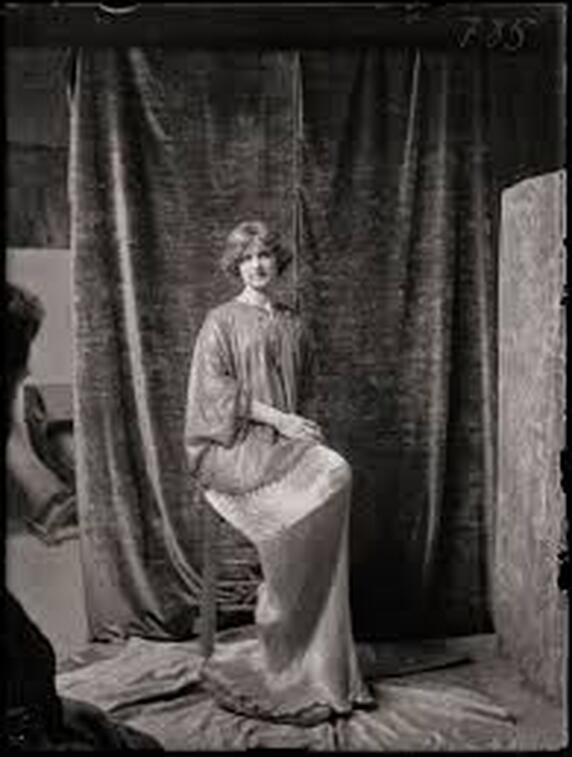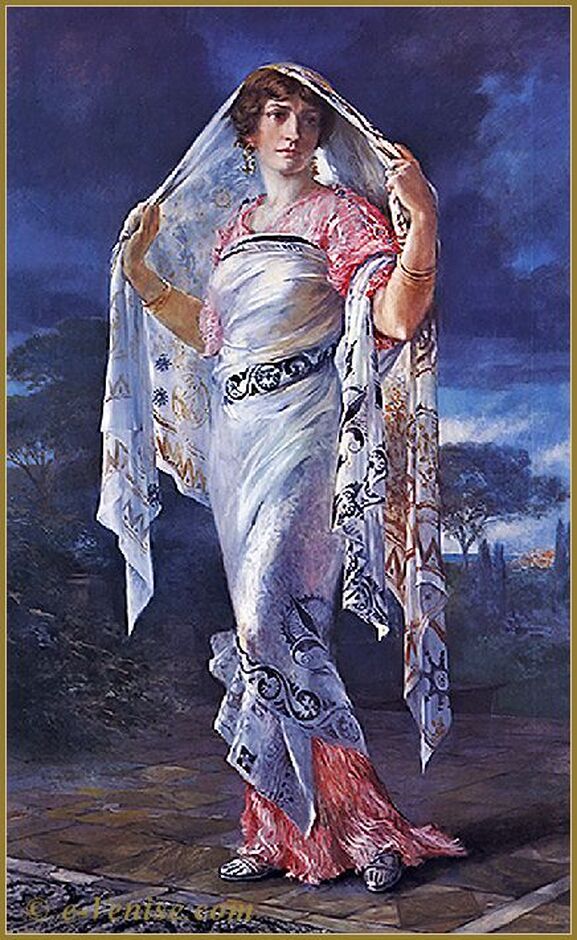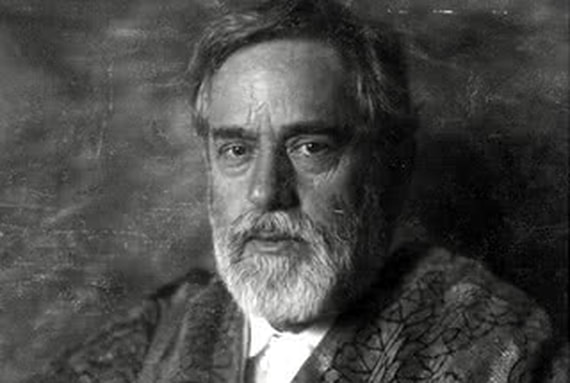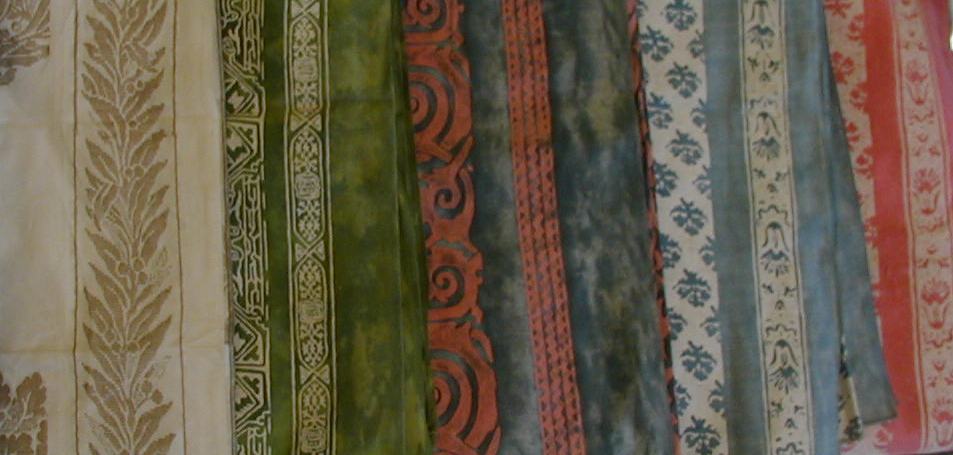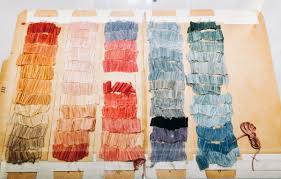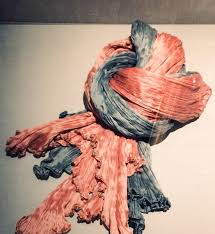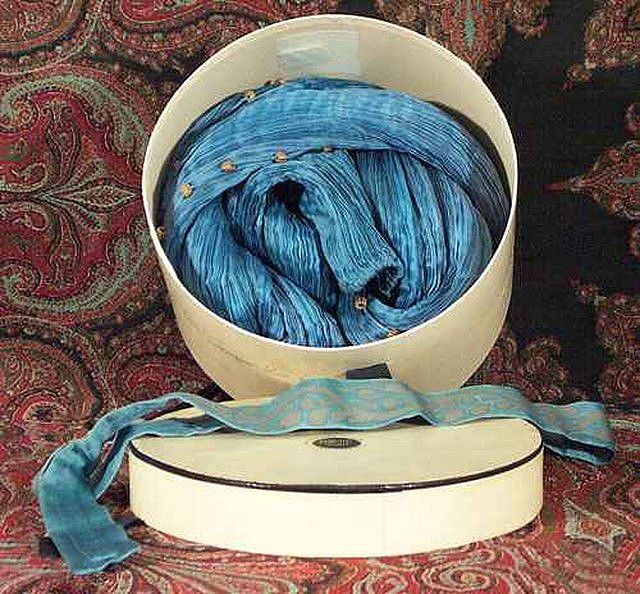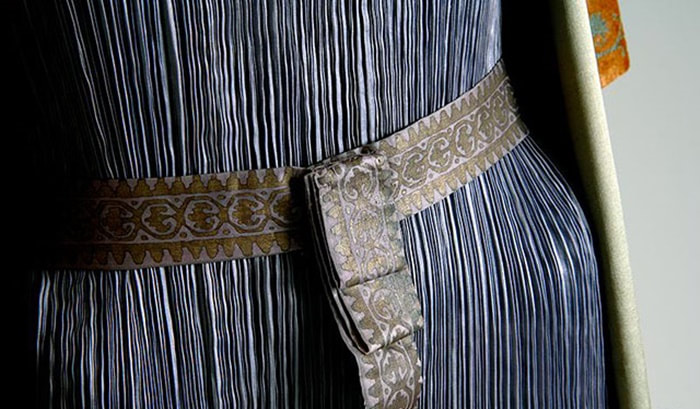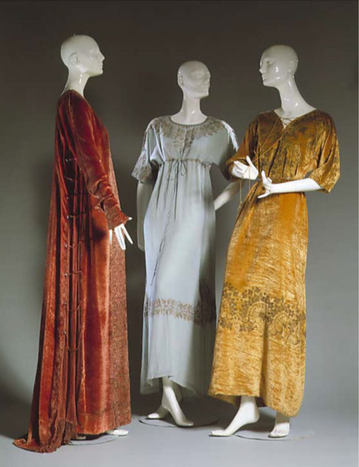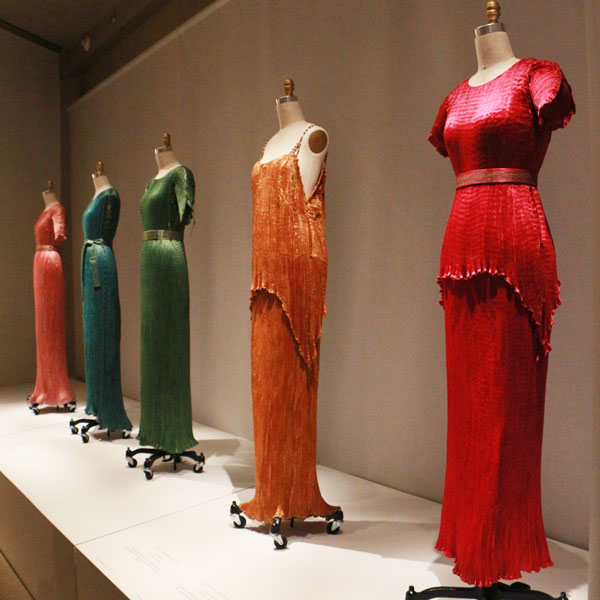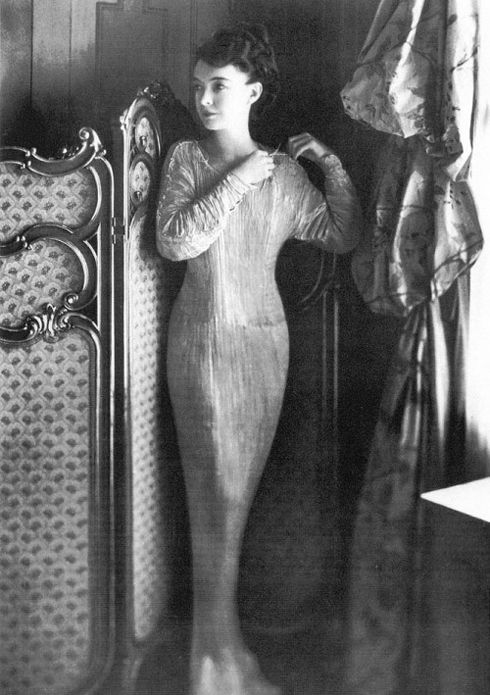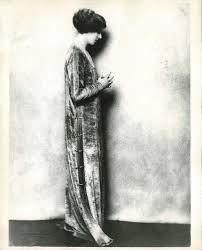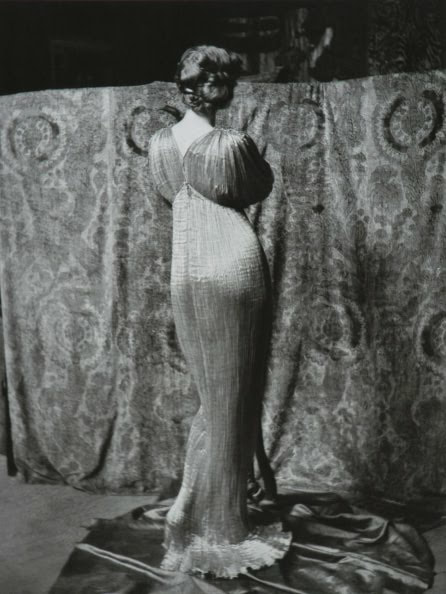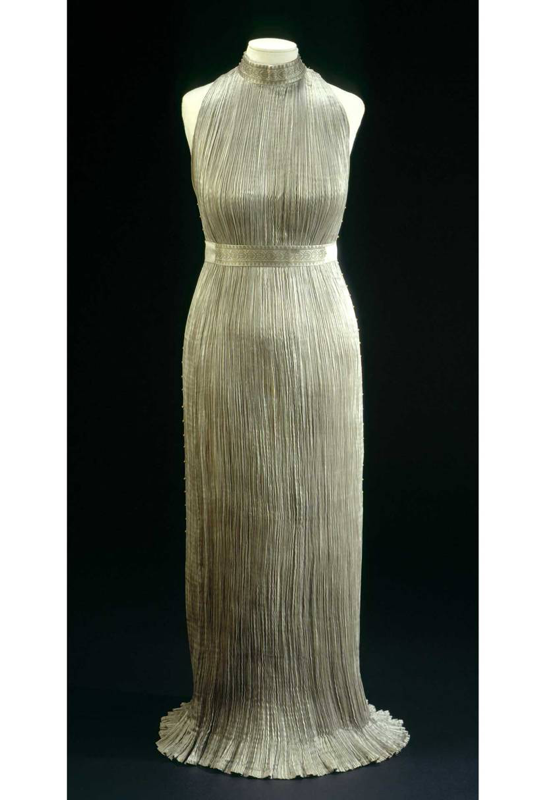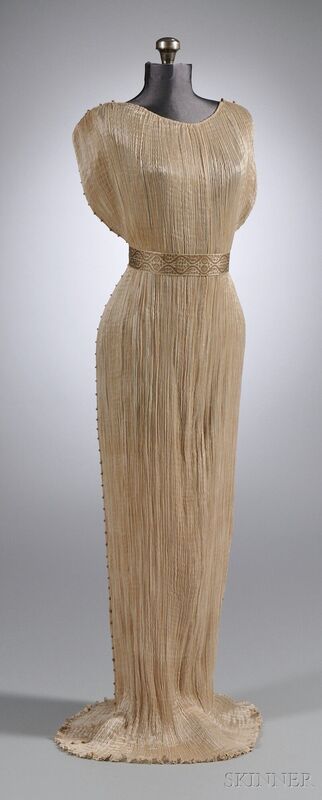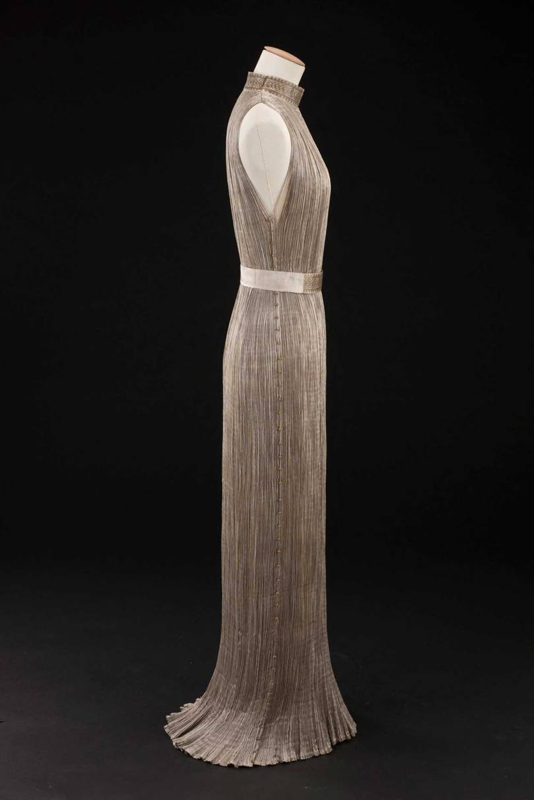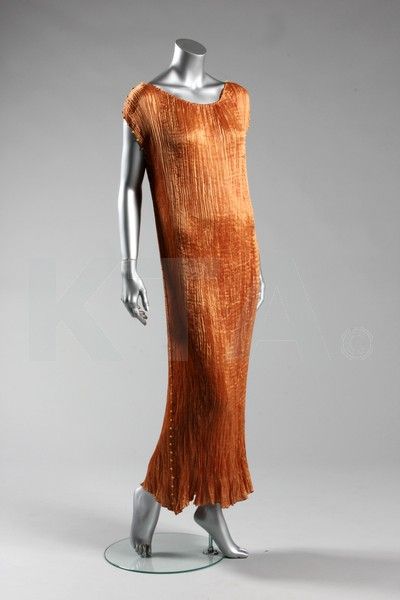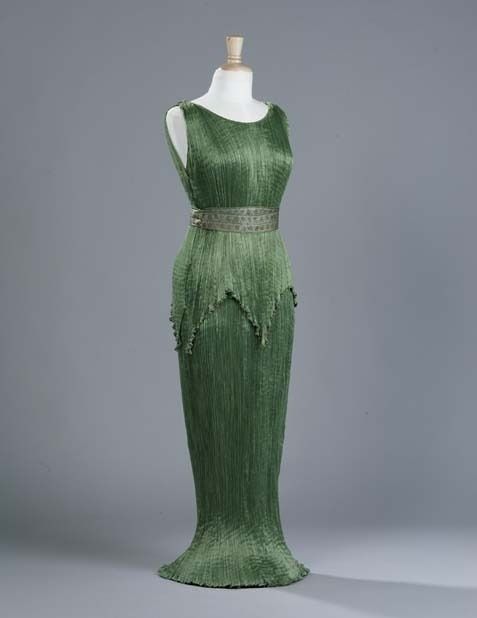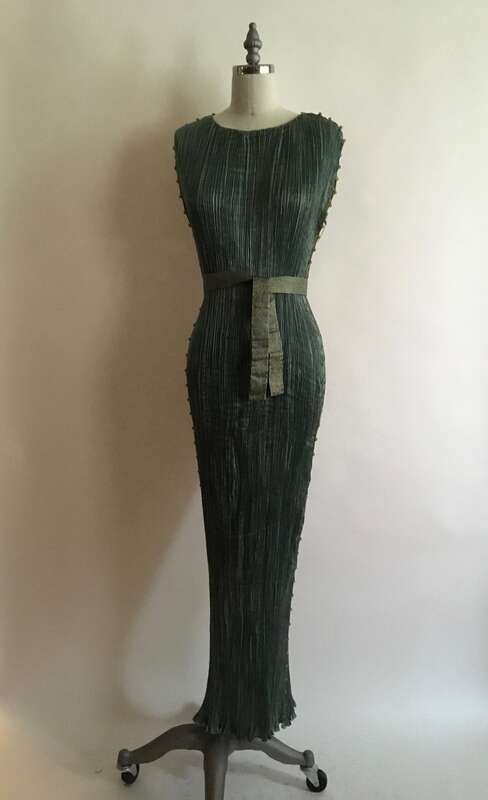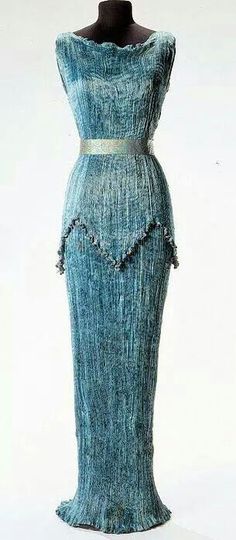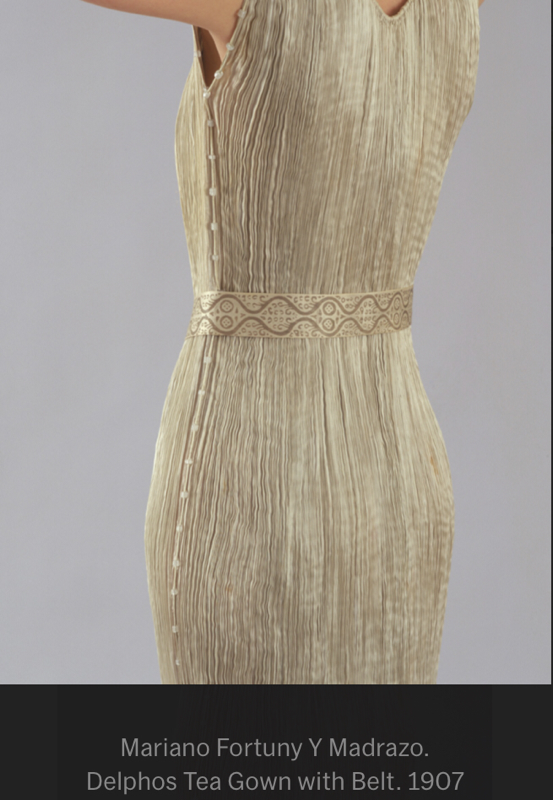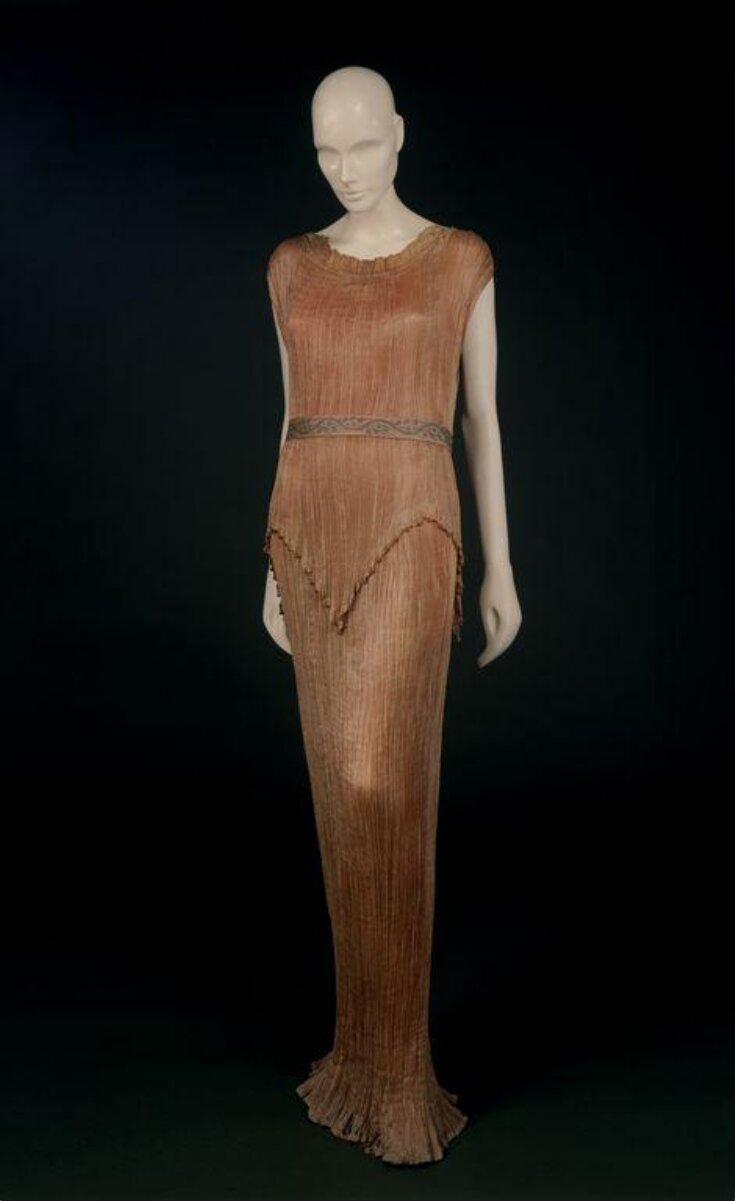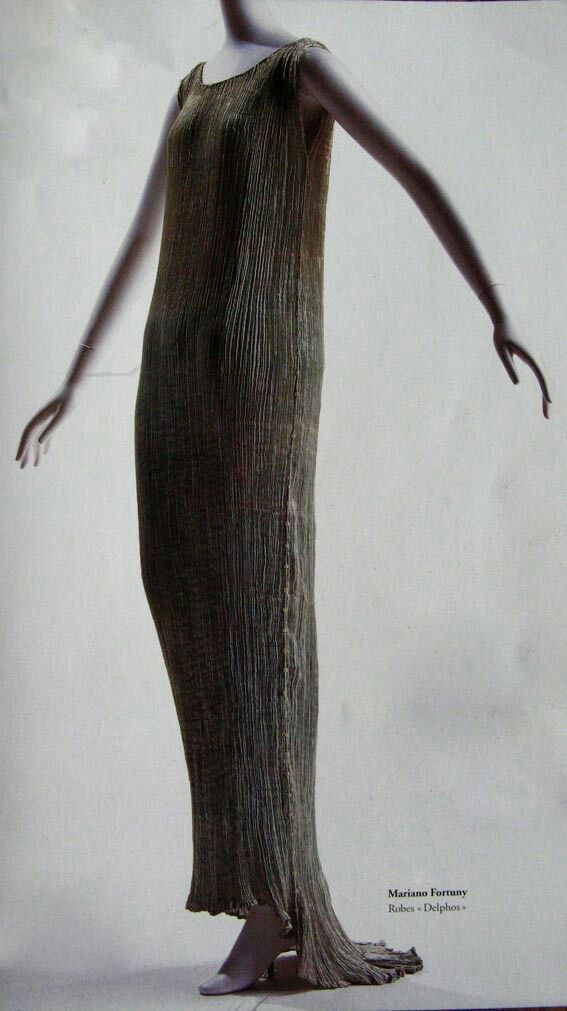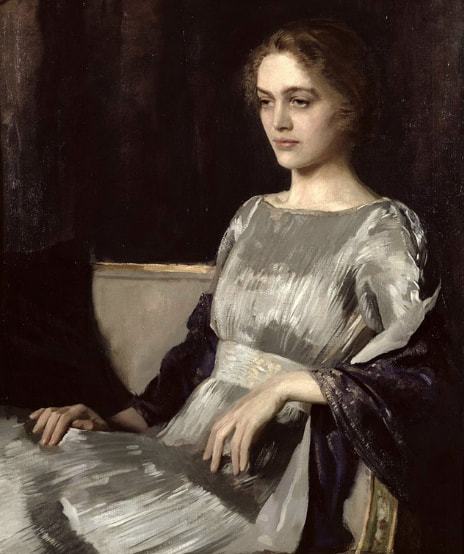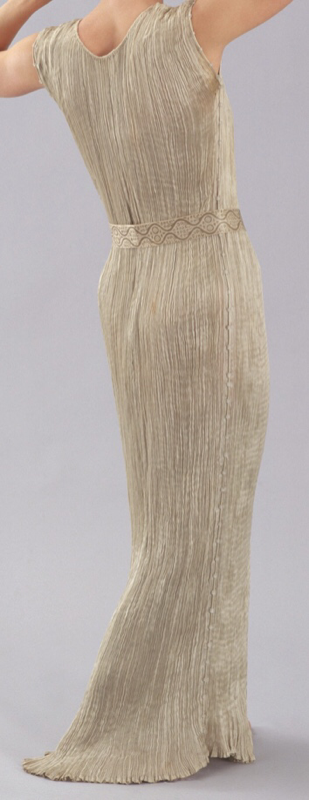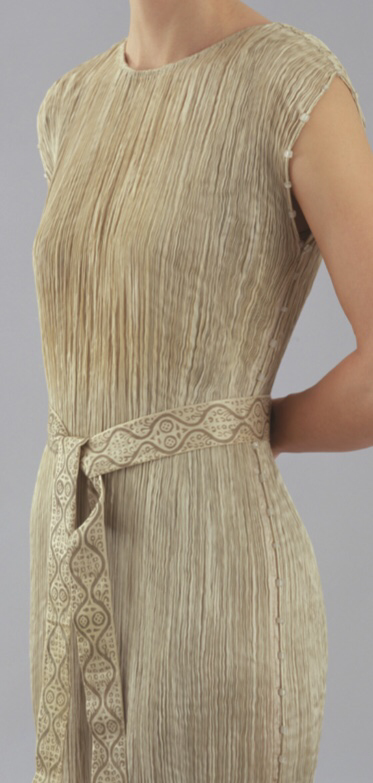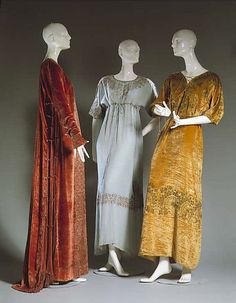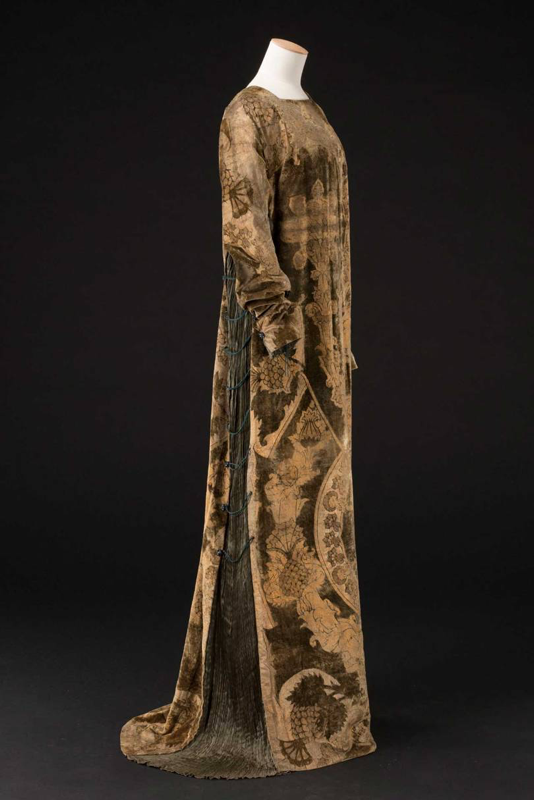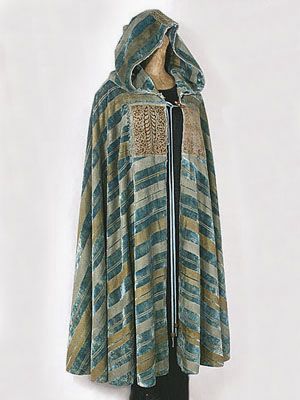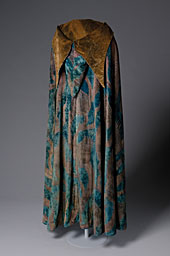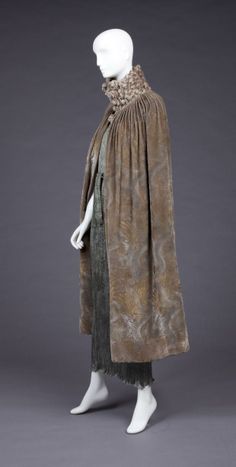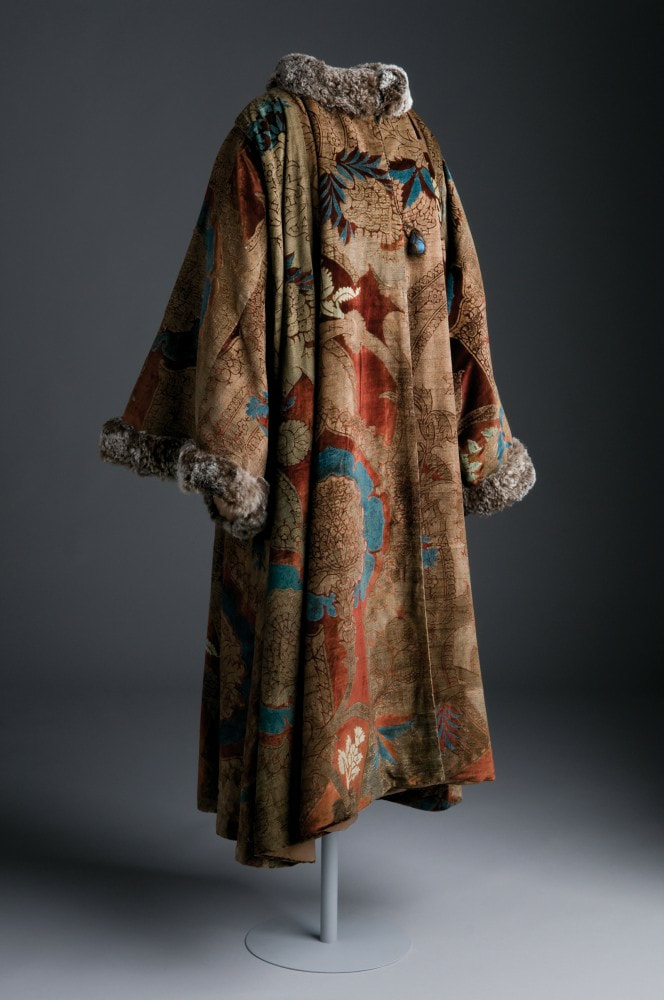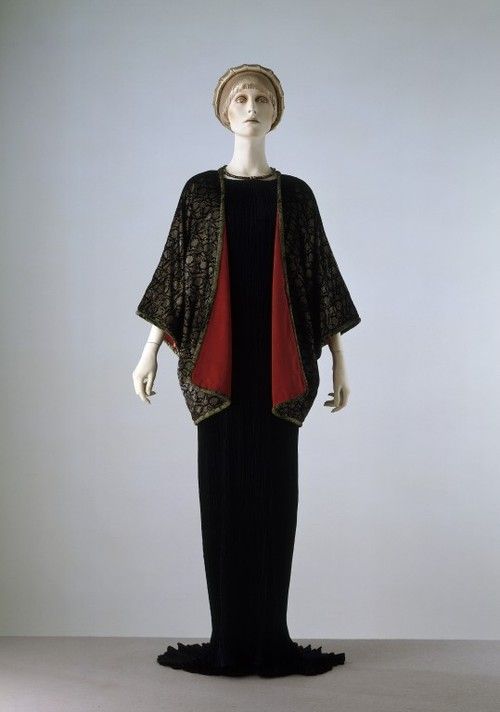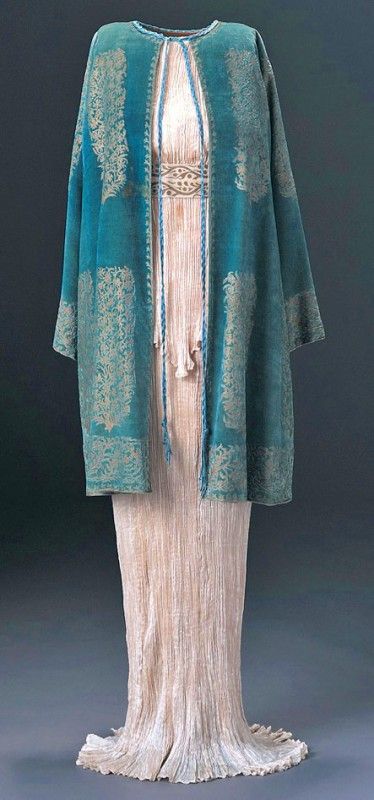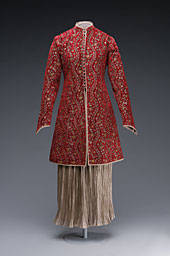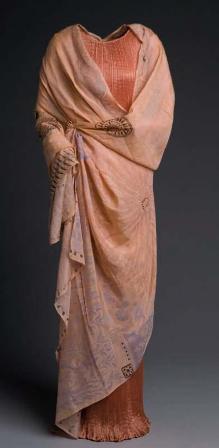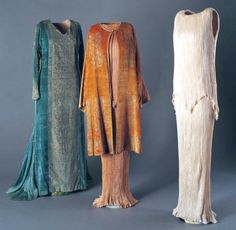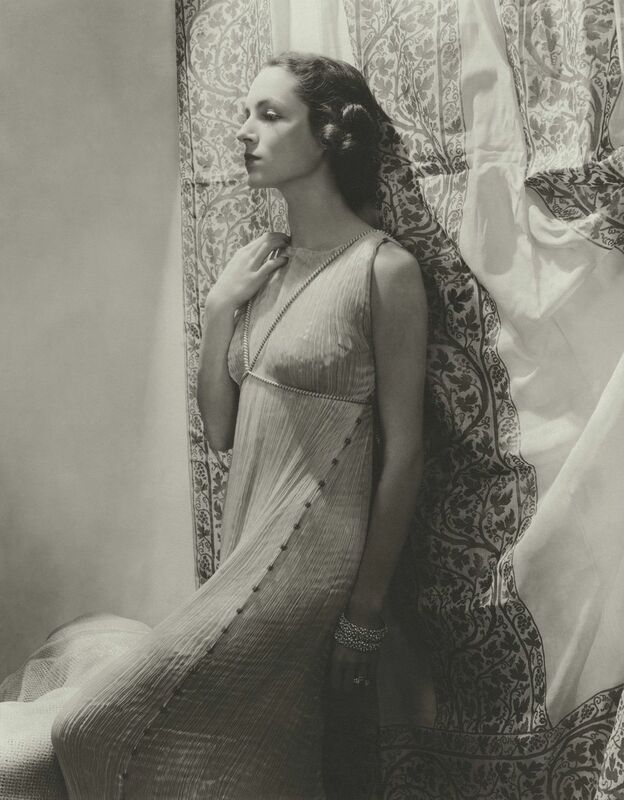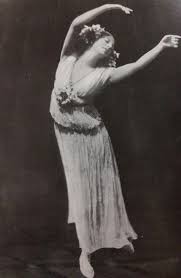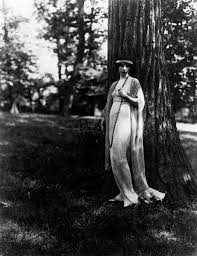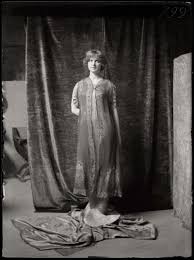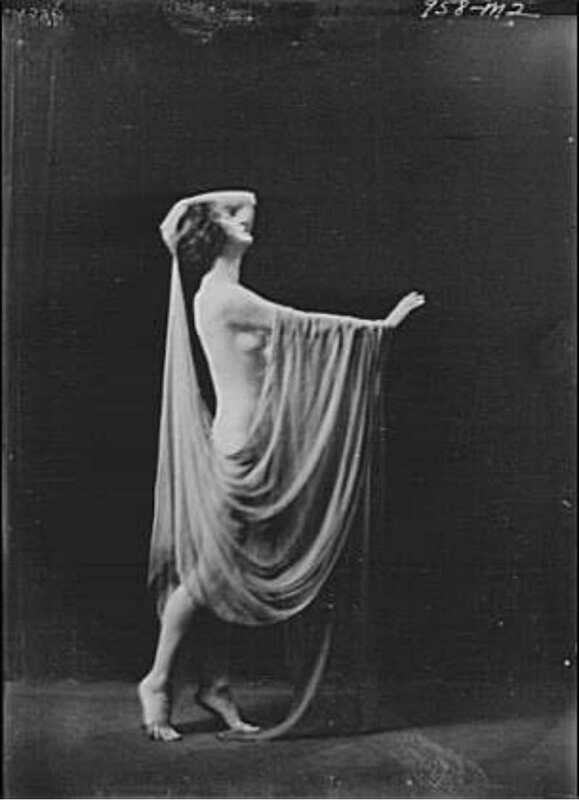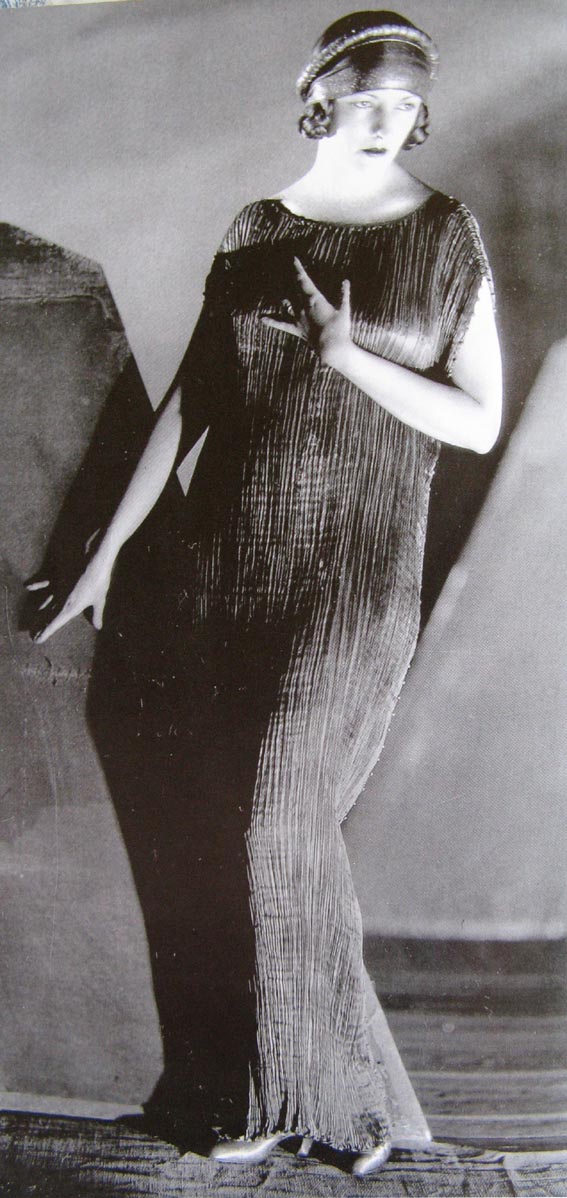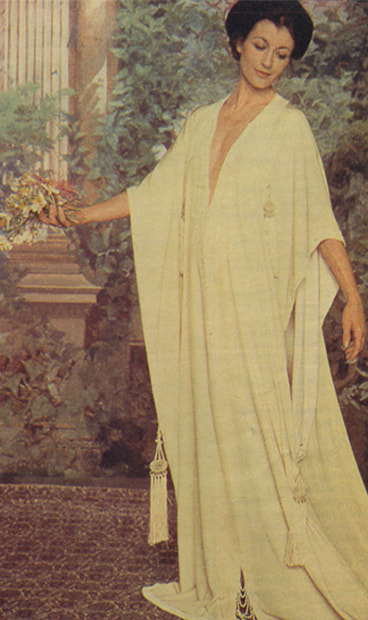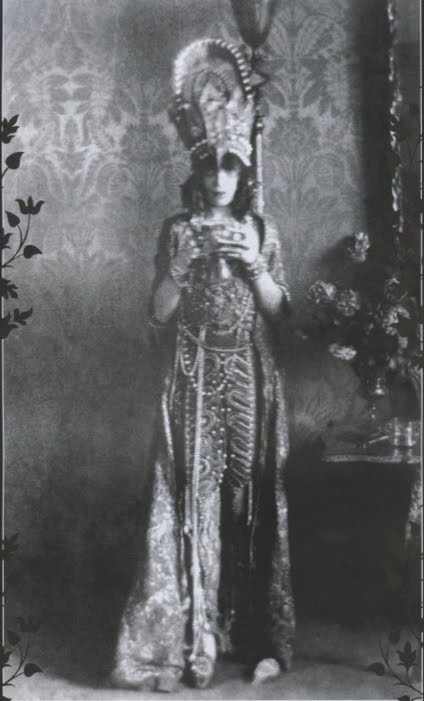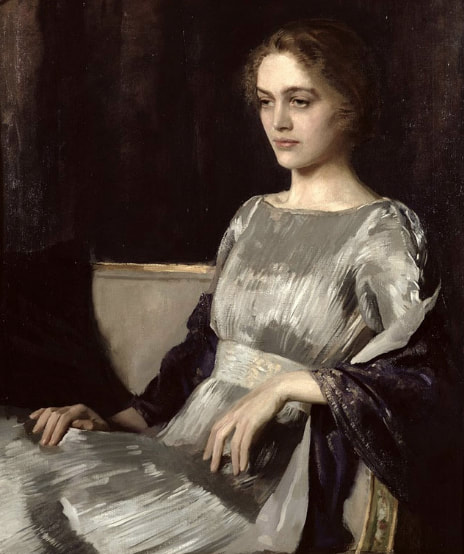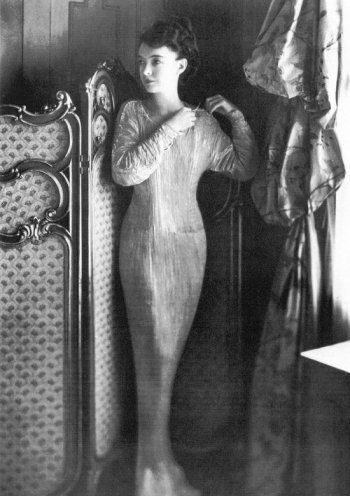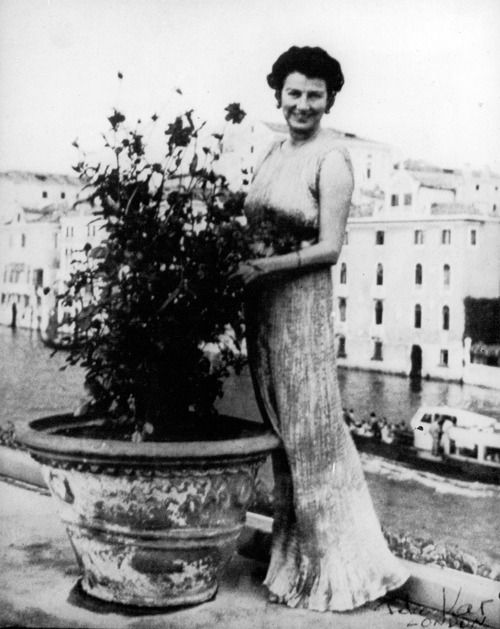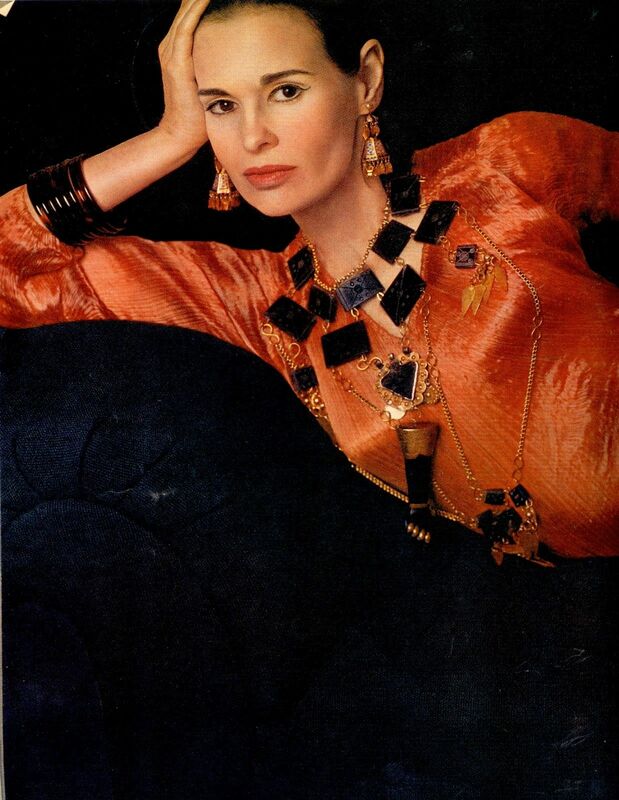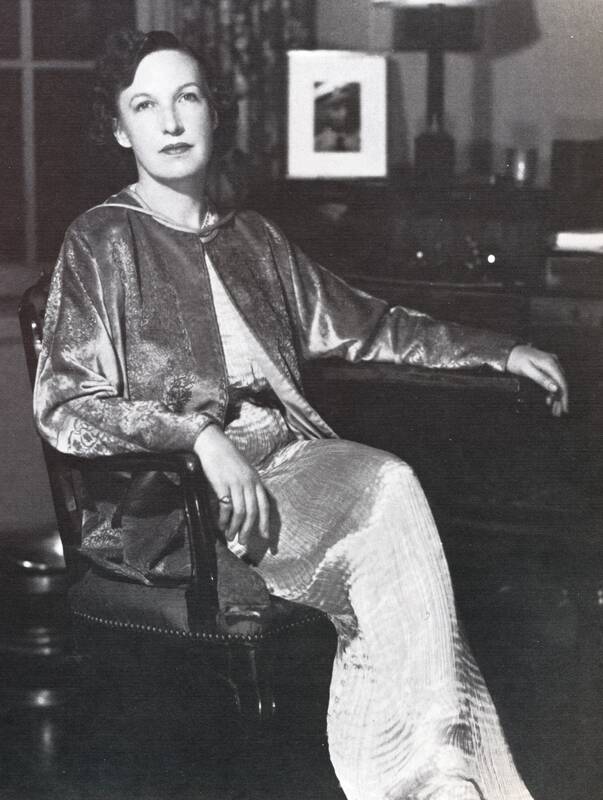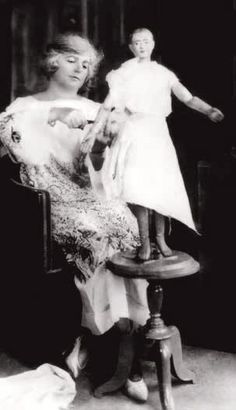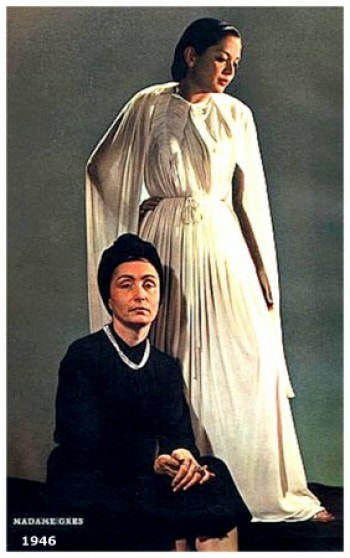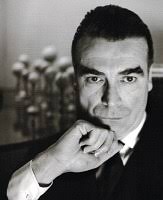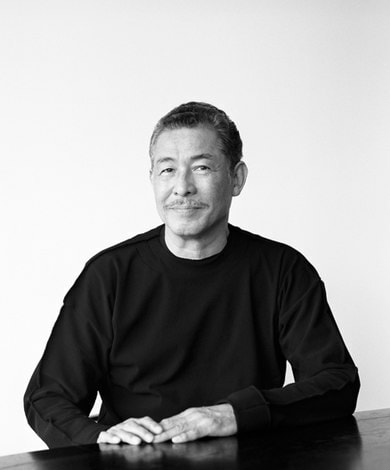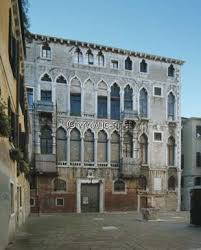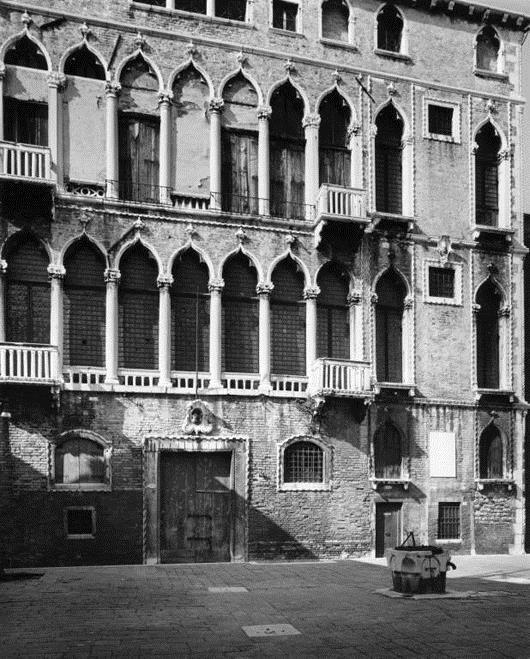Mariano Fortuny
Mariano Fortuny y Madrazo (11 May 1871 – 3 May 1949) was a Spanish fashion designer who opened his couture house in 1906 and continued until 1946. He was the son of the painter Mariano Fortuny y Marsal. Mariano Fortuny is mostly known for his Delphos dress made of pleated silk.
1871 birth, Granada Spain
Mariano Fortuny y Madrazo was born in Granada Spain on 11 May 1871, in a prestigious and artistic family. His father Maria Fortuny y Marsal (1838-1874) was an important oritentalist painter of his time and an avid art collector, and the family of his mother Cecilia de Madrazo was in the service of Spanish King. Her father was the director of Museo Prado in Madrid Spain.
Mariano has herited the passion of painting from his family, and started to paint since an early age.
When he was 3 year old, his father died, his mother Cecilia took him and his brother from Rome to live in Paris.
Mariano has herited the passion of painting from his family, and started to paint since an early age.
When he was 3 year old, his father died, his mother Cecilia took him and his brother from Rome to live in Paris.
1889: Venice
Since 1889, Mariano moved to Venice with his mother Cecilia de Madrazo. They lived in Palazzo Martinengo, along Grand Canal.
It was in Venice that Mariano started to be involved with theatre and opera. He seemed to love every aspect of this world of spectacle, in particular the designing of decor and lighting effects, with a painter's eyes and inventor's brain, he invented an indirect lighting which gave the background of the plays a much more profound illusion.
Later, in order to achieve a fine harmony between the decor he designed for the plays and the artists who performed, he also started to create costumes for them, creating new textiles as well printing motifs he painted himself.
His passion for opera grew more intensely when he found Richard Wagner through the Spainish painter and musician Rogelio de Egusquiza, which became a life long love and obssesion.
It was in Venice that Mariano started to be involved with theatre and opera. He seemed to love every aspect of this world of spectacle, in particular the designing of decor and lighting effects, with a painter's eyes and inventor's brain, he invented an indirect lighting which gave the background of the plays a much more profound illusion.
Later, in order to achieve a fine harmony between the decor he designed for the plays and the artists who performed, he also started to create costumes for them, creating new textiles as well printing motifs he painted himself.
His passion for opera grew more intensely when he found Richard Wagner through the Spainish painter and musician Rogelio de Egusquiza, which became a life long love and obssesion.
Mais on dit qu’un artiste de Venise, Fortuny, a retrouvé le secret de leur fabrication et qu’avant quelques années les femmes pourront se promener, et surtout rester chez elles, dans des brocarts aussi magnifiques que ceux que Venise ornait, pour ses patriciennes, avec des dessins d’Orient".
(But it was said that an artist in Venice, Fortuny, has found the secret of making it and some years ago, the women coud take a walk, or above all stay at home in the brocades as magnific as those adorned by the Venitian patricians in the oriental drawings.)
-Marcel Proust, A la recherche du temps perdu
1907: the first Delphos dress
“Ma Femme et moi, nous avons fondé, au Palazzo Orfei un atelier d’impression suivant une méthode entièrement nouvelle … Cette industrie a commencé par des châles en soie et s’est développée avec des robes”.
-Mariano Fortuny
1907, the most famous creation of Mariano Fortuny, the first Delphos gown was created in the attic of Palazzo Pesaro degli Orfei, It was a pleated silk taffeta gown reminiscent of the Greek Ionic chiton, and was named Delphos in tribute to the severe Charioteer, a bronze statue found at Delphi in 1896.
It was Mariano's long time muse and later wife Henriette Negrin who invented a unique way of pleating the silk taffeta fabric, so that it gave volume, texture as well as character to the otherwise flimsy fabric, it was also her who invented the silk dyeing technique using natural dye around the world.
Mariano met Henriette, a French clothes designer in Paris in 1897, and she soon became his muse as well as his collaborator, they work together on all of the significant creations of Mariano as costume and fashion designer.
Mariano met Henriette, a French clothes designer in Paris in 1897, and she soon became his muse as well as his collaborator, they work together on all of the significant creations of Mariano as costume and fashion designer.
Some of the Delphos dresses:
1924 marriage
In 1924, Mariano married Henriette, the two artistic lovers became husband and wife.
1949 Death
In 1949, Mariano Fortuny died in his home in Venice, Italy
Colors:
Mariano Fortuny was a painter before he was dress maker, and he loved colors, both their vibrancy and how they are played with light and lighting. With the help of his wife Henriette, he custom dyed his dresses according to client requirements with dyes he bought from around the world, thus making them more unique.
Fabrics:
Mariano Fortuny`s favorite fabric is undoudbtedly silk. Like Madame Gres`s manipulative folding, twisting and braiding with silk jersey, Fortuny invented the very special technique of pleating them which still remain unknown today.
Silhouette:
Almost all of Mariano Fotuny`s dresses were in column shape, inspired by Greek sculpture, and many of his dresses are called `Delphos`.
- Dresses
- Capes and Coats
- Ensembles
De toutes les robes d’intérieur ou d’extérieur que portait Madame de Guermantes, celles qui semblaient les plus répondre à une intention bien définie, celles qui semblaient devoir être endossées avec un sens spécial, étaient les robes créées par Fortuny y Madrazo à partir d’ancien modèles vénitiens. C’est leur caractère historique, ou plus tôt le fait que chacune d’elles est unique, qui leur donne cette signifiance si spéciale, que la pose de la femme qui la porte pendant qu’elle vous attend ou qu’elle vous parle, semble assumer une importance exceptionnelle…
-Marcel Proust, A la recherche du temps perdu
Websites
Books:
Articles:
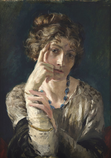
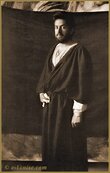
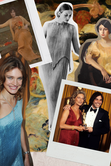
Videos
|
|
In Chapter 18 of the book El Tiempo Entre Costuras written by Spanish writer María Dueñas, there is a scene where the protagonist Sira, a semestress made a false Delphos dress for her most important client Rosalinda Fox who needed a dress urgently. And this scene was recreated again in the tv series of same name.
In the scene, Sira made the pleats by wringing the fabric and then heat it over fire, and at the end of the scene, she told Rosalinda that the pleat will last just one day. But the pleats of a real Mariano Fortuny would last much longer, and with the favorable humility and careful protection, almost forever. |
| mariano_fortuny_the_references_book_el_tiempo_entre_costuras_capítulo_18.pdf | |
| File Size: | 84 kb |
| File Type: | |
